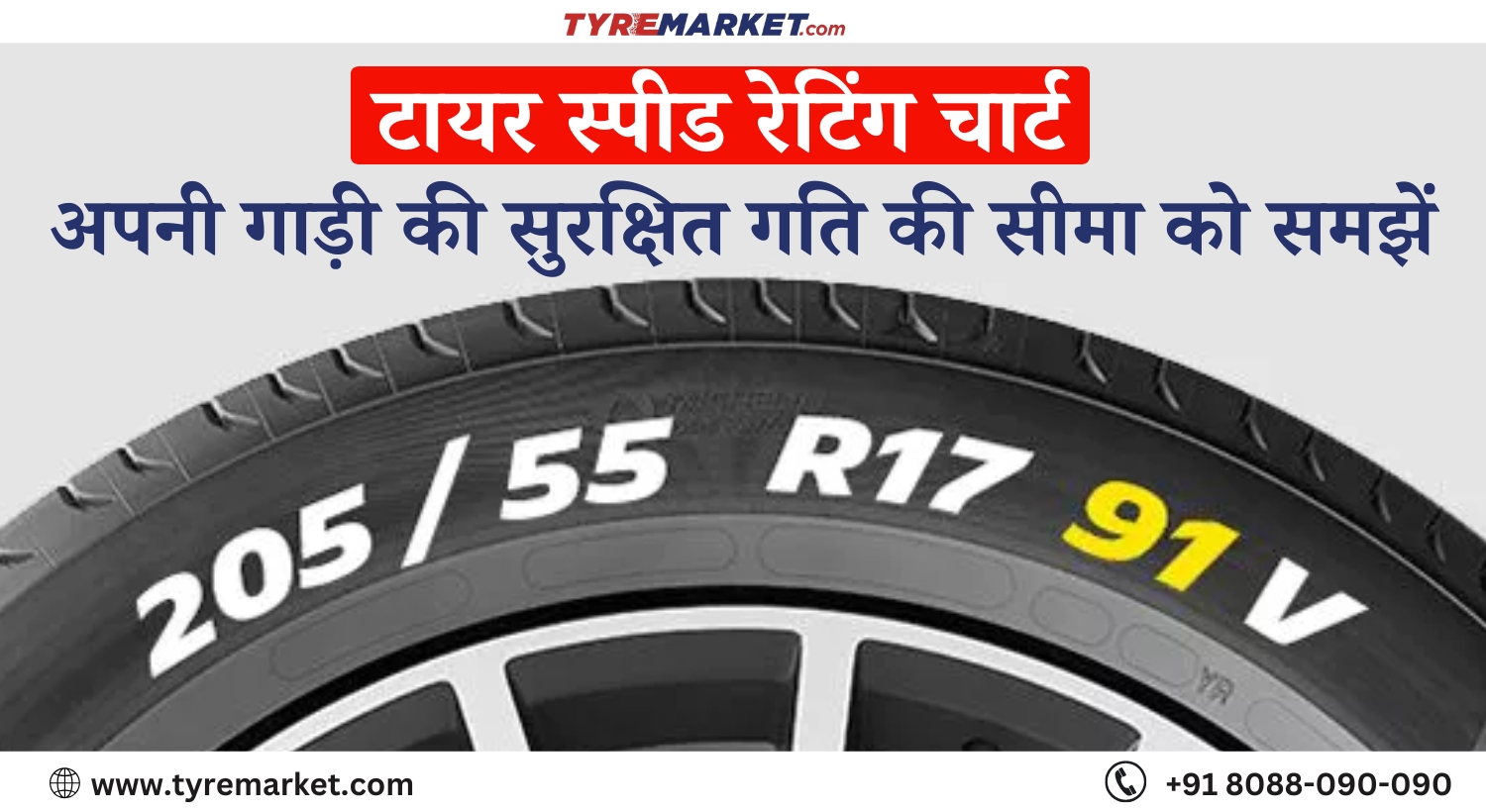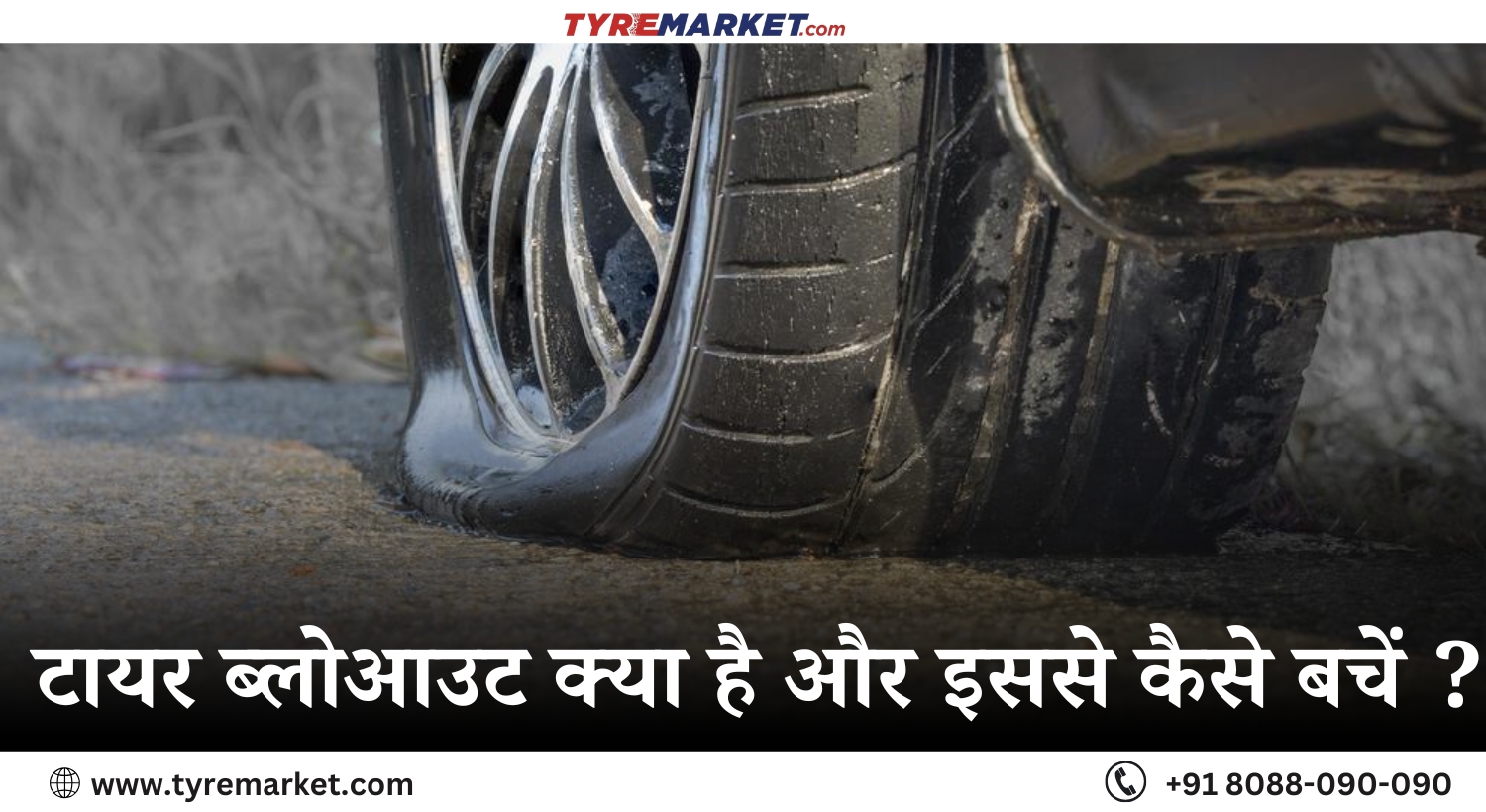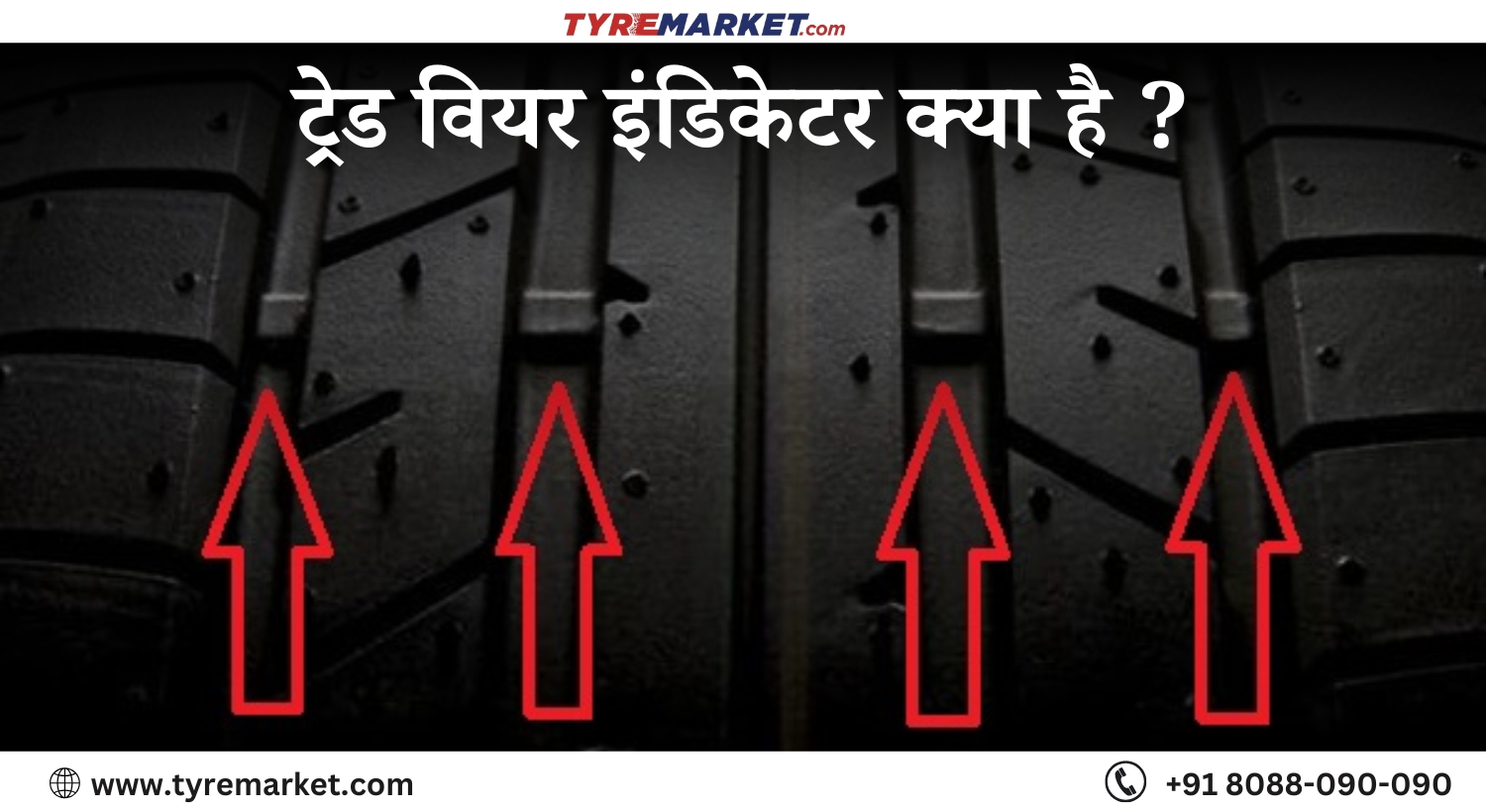Every vehicle owner aims to utilise the vehicle’s tyres to its optimum level. And to accomplish this goal, tyre rotation at recommended time intervals is essential, alongside it also helps in achieving even tyre tread wear and extended tread life. The purpose of making all the four tyres wear together is to attain uniform wearing of tyres, which eventually results in quick response to driver’s input, maintaining apt handling and increased cornering traction.
Compared to the front wheel and rear wheel drive cars, the tyre rotation in a four-wheel drive car is a bit different, especially the five tyre rotation i.e. stock tyres plus spare wheel. Five tyre rotation results in identical wear, which helps maintain similar tyre tread depth on all five tyres in their lifespan. Furthermore, one more reason to opt for a five tyre rotation pattern in a four-wheel drive vehicle or all-wheel drive vehicle is that, if a new spare tyre is used in combination with the other three partially worn tyres, it may affect the drivability. Therefore, let’s discover how to perform tyre rotation in a four-wheel drive vehicle.
How to do tyre rotation for four wheel drive cars (Stock tyres + Spare wheel)
Generally, vehicles come outfitted with a space-saver spare tyre, which is meant for temporary use; in such a case this spare tyre cannot become a part of tyre rotation course. Moreover, if your vehicle’s spare tyre is not branded as “for temporary use” and matches the other four on-ground wheels fitted to the vehicle then they should be included in this tyre rotation exercise. Whilst rotating tyres one must follow the vehicle or tyre manufacturer’s manual and recommendations for rotation, if not accessible, you can follow the industry set procedures. Here, tyre rotation will happen in rearward cross pattern, same like the rear wheel drive (stock tyre + spare wheel) pattern. The left rear tyre of the vehicle will move to the left front hub, whereas the left front tyre will go to the spare. Now, the original spare tyre goes to the right rear hub of your car and the right rear tyre will shift to the right front hub. And lastly, the right front tyre will shifted to the left rear hub.
Benefits of tyre rotation (including spare wheel)
1. When performed at recommended intervals, it upholds balanced handling and traction levels alongside even wearing.
2. It can help your car/vehicle give out better performance.
3. In many cases, to keep the tyre (kilometres) warranty valid, manufacturers insist on tyre rotation.
4. It allows each tyre, along with the spare tyre, to work in as many wheel positions of the car as possible, which ensures even wearing of all five tyres.
5. When all five tyres wear in tandem, it allows all of them to respond more accurately and quickly to the driver’s input maintaining proper handling and traction while cornering.
6. Replacing tyres in a set of four helps you preserve original handling balance.
7. When tyres wear out simultaneously, you can buy a new set of four tyres without any pressure from the dealer to buy pairs.
8. Also, as technology in tyres is progressing every passing day, with all four new tyres, you can enjoy the latest expertise.
 Help
Help
 Customer Care:
Customer Care:

 |
| 
 Help
Help










